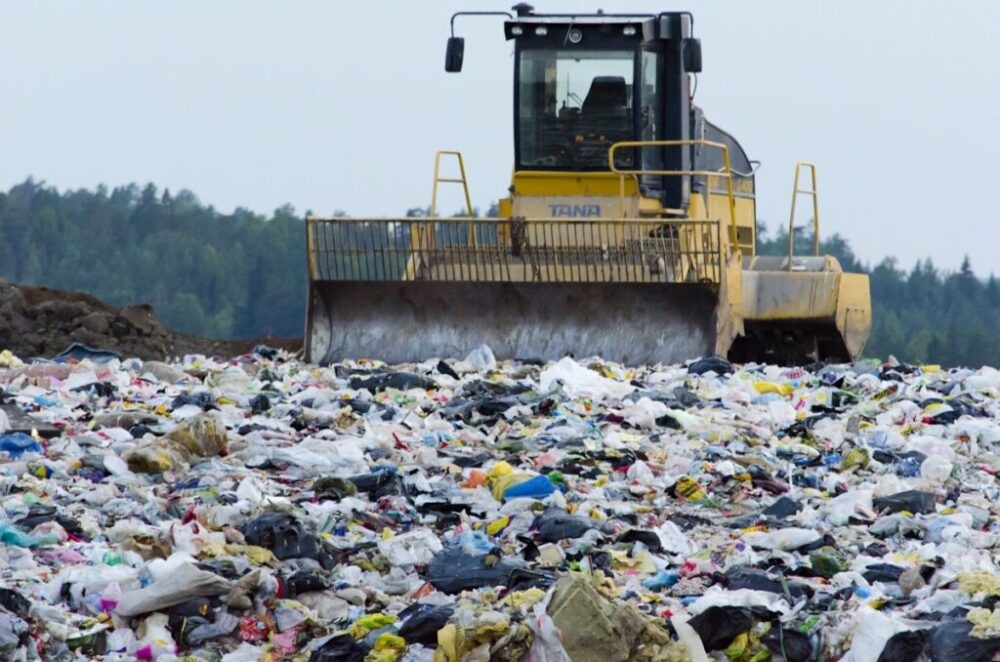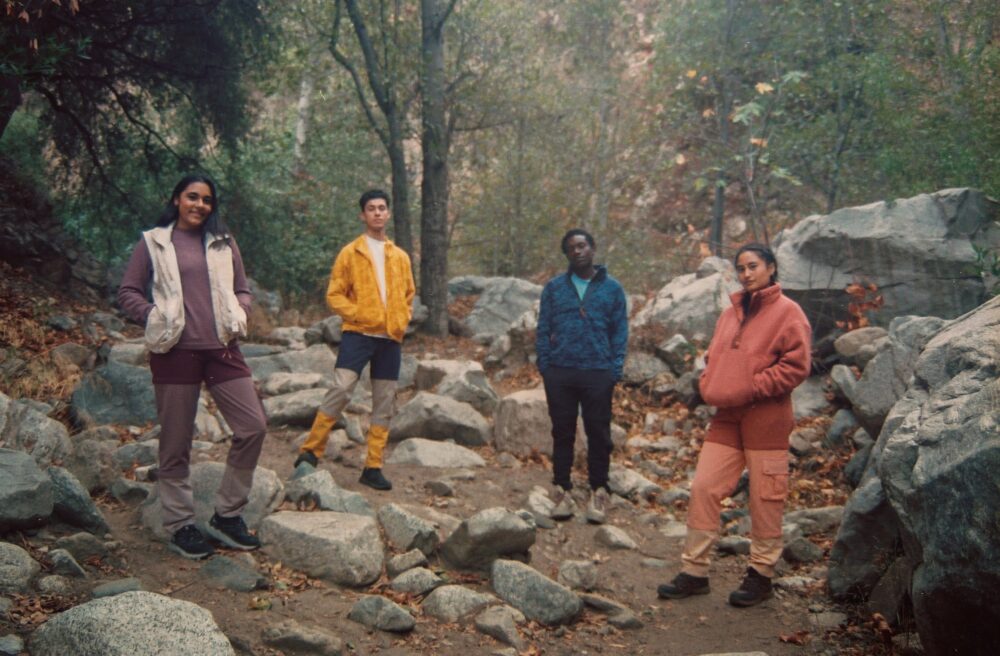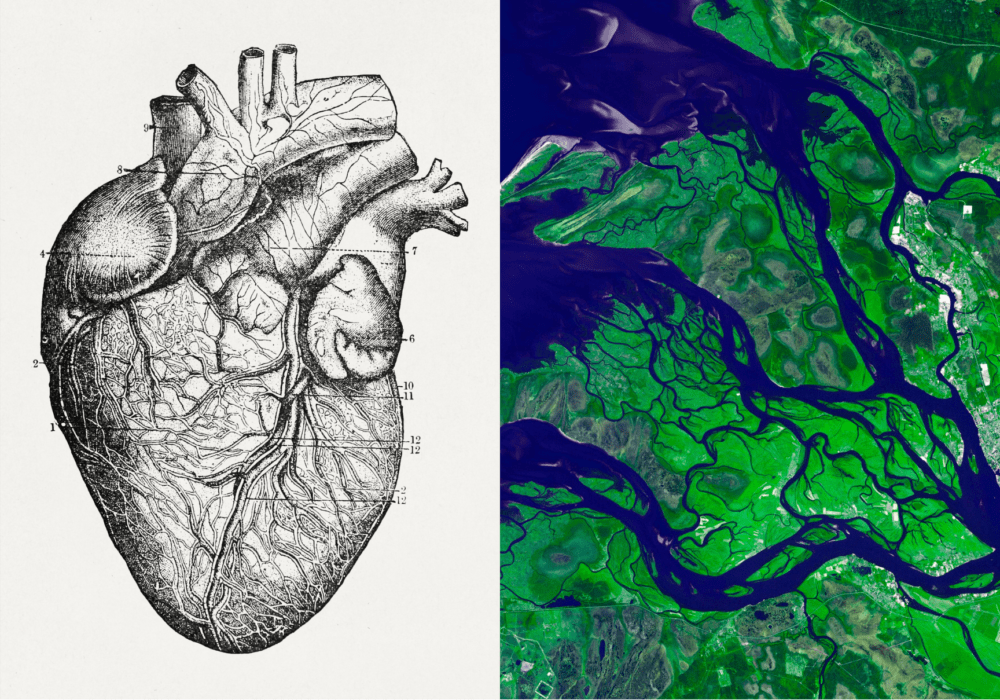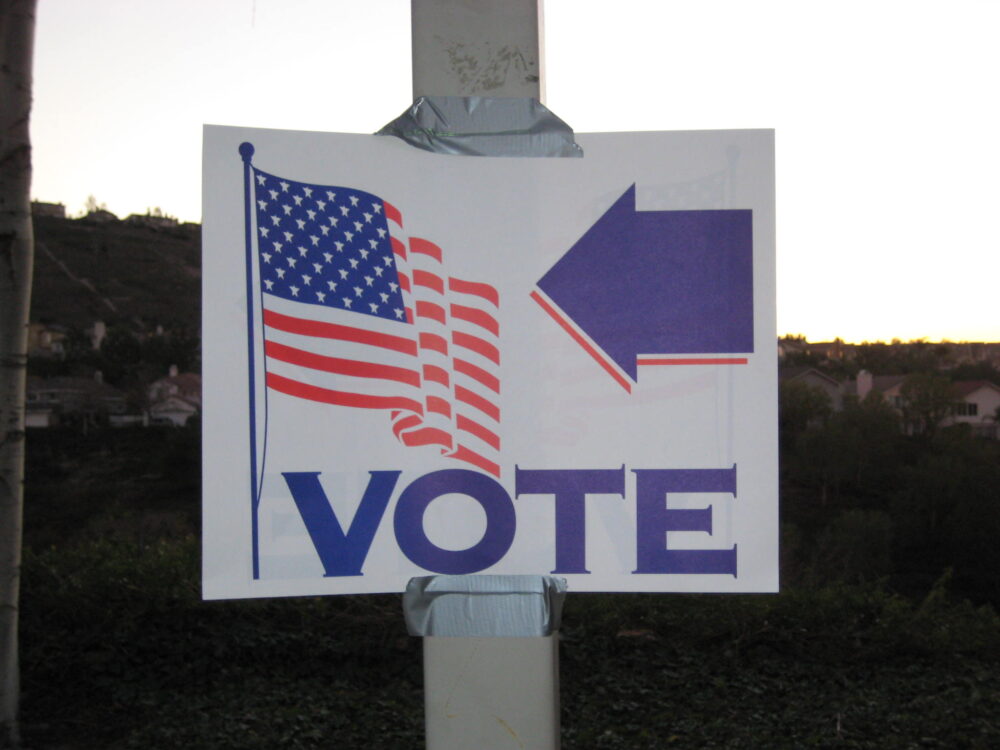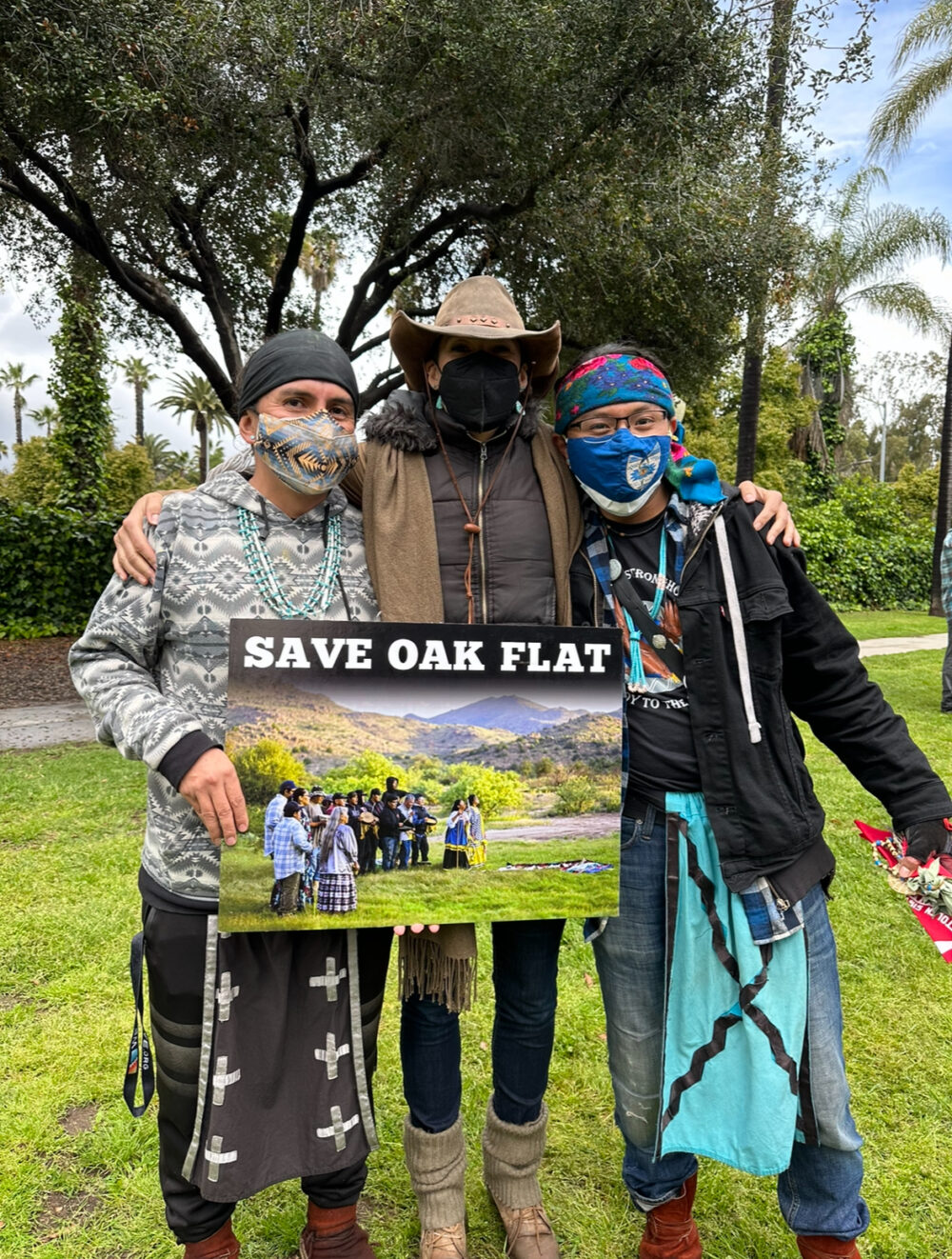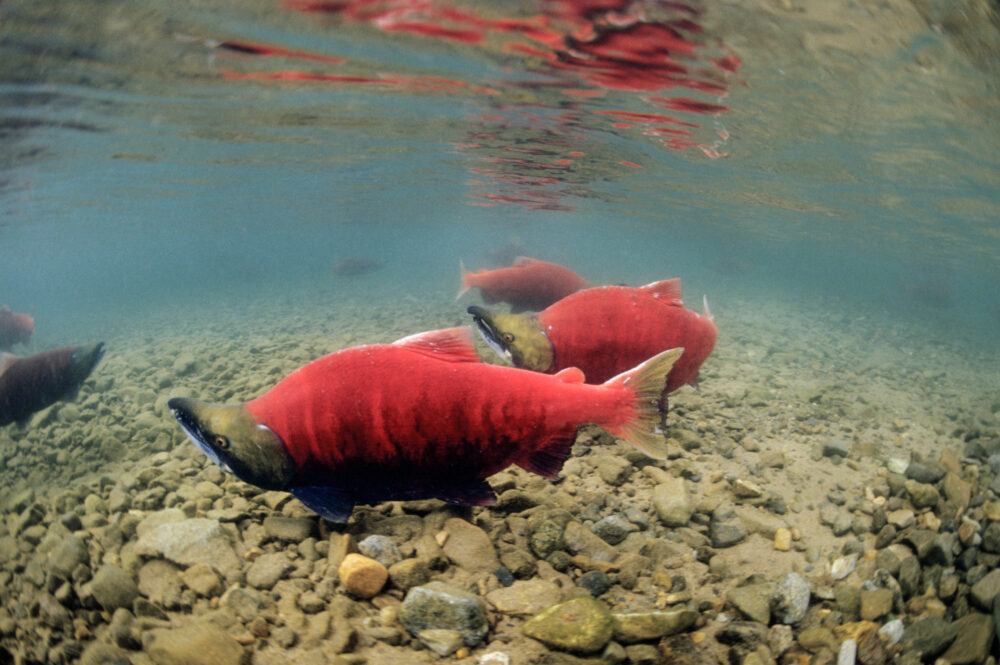We have much more to do and your continued support is needed now more than ever.
COP27 is over, but Loss and Damage is not
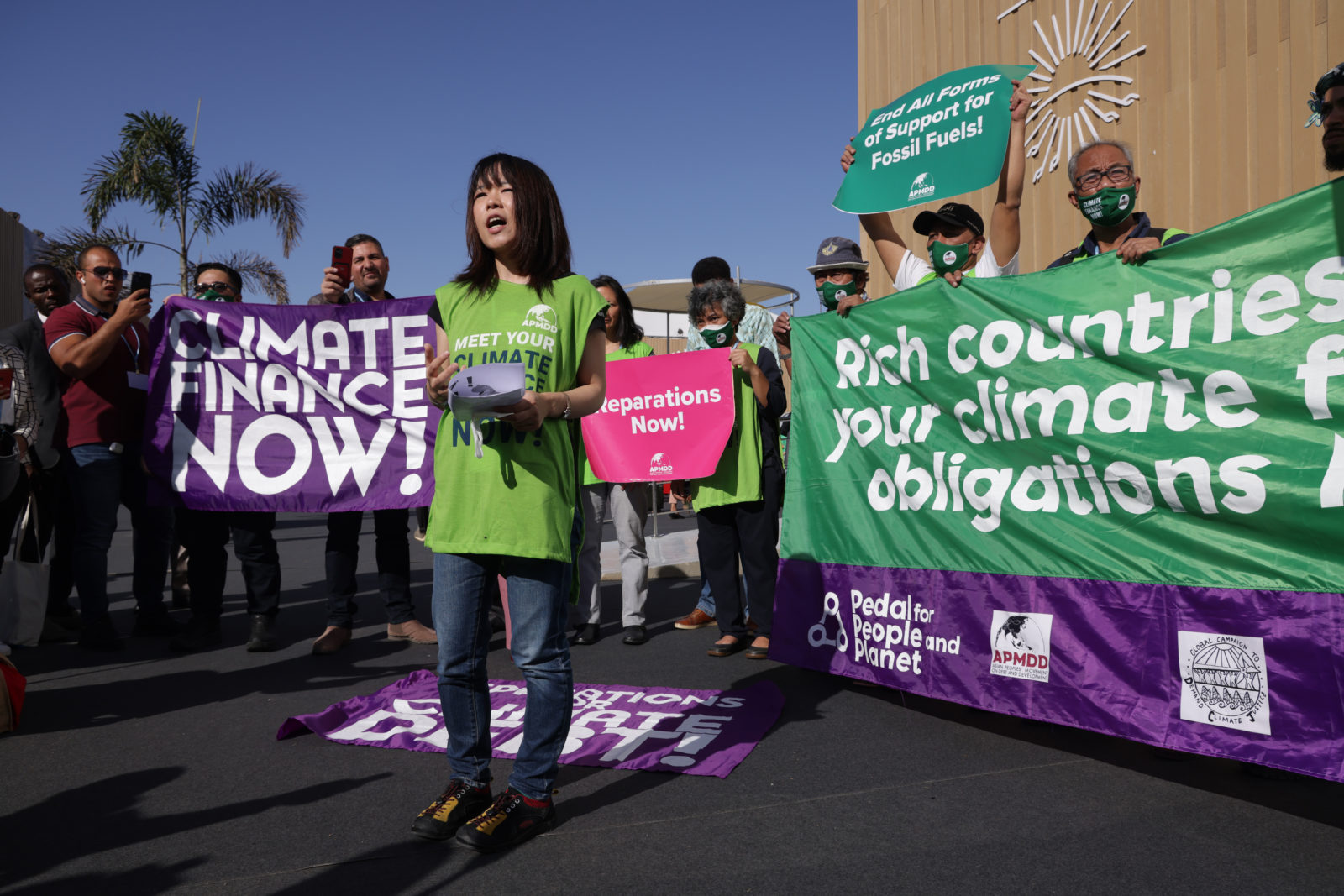
The United Nations Climate Change Conference “COP27” was held from November 6th until November 20th in Sharm El-Sheikh, Egypt, to assess progress in tackling the climate crisis. The conference concluded with an agreement to provide Loss and Damage (L&D) funding for vulnerable countries disproportionately impacted by the climate crisis. The road that led to this agreement has been a rocky one. After years of resistance by wealthy nations, nearly 150 organizations successfully called on the U.S. government to place L&D finance as a last-minute insertion at COP27.
What is Loss and Damage?
While many may be hearing about L&D for the first time, the concept has been discussed and debated for years now. It is understood as the negative impacts of climate change. L&D includes economic impacts, such as damage to homes or crops, and non-economic impacts, such as the emotional and mental trauma of surviving or losing someone to extreme weather events. Although interconnected, L&D differs from climate mitigation and adaptation. Mitigation refers to reducing greenhouse gas emissions to prevent future loss and damage incidents. Adaptation includes investments that will minimize the severity of climate impacts. For decades, developing nations have requested the Global North to pay for loss and damage. Global North, encompassing wealthy and powerful regions like North America, Europe, and Australia, is largely responsible for the legacy of climate pollution affecting the Global South, which refers to developing regions in Asia, Africa, and Oceania. The initial call for a dedicated L&D fund was proposed by the Alliance of Small Island States, an intergovernmental organization of low-lying coastal and small island countries, almost thirty years ago. For years, L&D discussions occurred on the surface level. Even the Paris Agreement from 2016, considered a seminal treaty in support of climate action, failed to name the L&D fund for what it should be. A condition put forward by the United States at that time excluded words like “liability” or “compensation.”
The COP25 hosted in Madrid saw a coalition of 134 developing countries put forward two demands, the first of which – to create a technical body for conducting research and providing technical support on L&D – was accepted. The latter, to create an L&D fund, was denied. Nations called for these reparations in response to the fact that Global North is responsible for at least 92 percent of excess climate emissions. Finally, with continued lobbying by developing countries and loss and damage incidents such as the cyclone that cost Vanuatu $600 million (~60% of the country’s GDP) and the tragic flooding that struck Pakistan, a country responsible for less than 0.4 percent of historic emissions, L&D finance was added to the COP27 agenda.
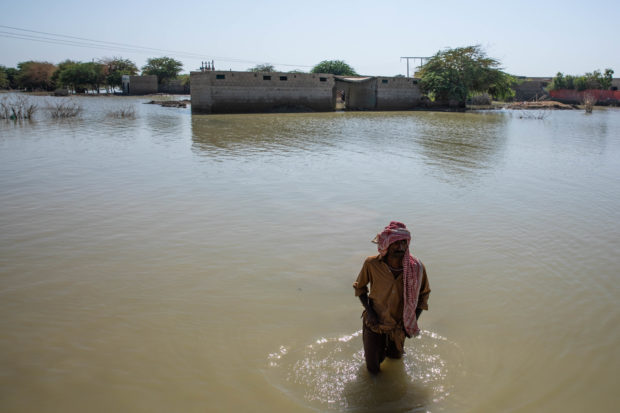
What happened at COP27?
Edie Juno, NWF’s Forestry Specialist who was in attendance at COP27 as part of NWF’s delegation, said the first week of COP27 saw a lot of L&D finance resistance. The United States and the European Union seemed to be in lockstep on opposing a singular L&D fund. Both wanted to pursue multiple funds. However, after the European Union committed to a singular fund in the second week, the United States also agreed.
The final text released at COP27 for L&D funding alludes to the COP’s decision to establish new funding arrangements for assisting vulnerable countries, setting up a fund for L&D response, and creating a transitional committee, which will make decisions on the parameters of the fund. The transitional committee, comprising members from 24 countries, is expected to meet in March 2023 to discuss recommendations before COP28, which will be held in the United Arab Emirates in November 2023.

What might an L&D fund support?
There are many unanswered questions about the fund. These questions are expected to be answered by the transitional committee in COP28. The expectations for the fund also differ. There is hope that the L&D fund will not mirror the application process of existing climate finance models such as the Green Climate Fund, a fund created in 2010 to support developing nations in their fight against climate change, which results in years to distribute funds, proving inaccessible for vulnerable communities.
As for the possible sources of funding, the Prime Minister of Barbados, Mia Mottley, suggests taxing fossil fuel and other carbon intensive industries. This will produce billions of dollars for the fund. The UN Secretary General Antonio Guterres also supports a L&D tax levy on fossil fuel industries. We will likely see a variety of funds, including existing ones addressing different types of L&D incidents, according to the lead author of the adaptation chapters in the third and fourth IPCC reports, Saleemul Huq. Huq would favor one that addresses specific anthropogenic climate impacts like sea-level rise that causes forced displacement.
The L&D fund is a milestone for climate justice. The Global Lead on Climate Justice for ActionAid International Teresa Anderson says the fund should help Global South governments avoid the poverty spiral caused by climate disasters by rebuilding homes, hospitals and roads, and providing social protection. An ideal L&D fund would also allow developing countries to recover from natural disasters without having to reluctantly embrace new debt or divert scarce public funding.
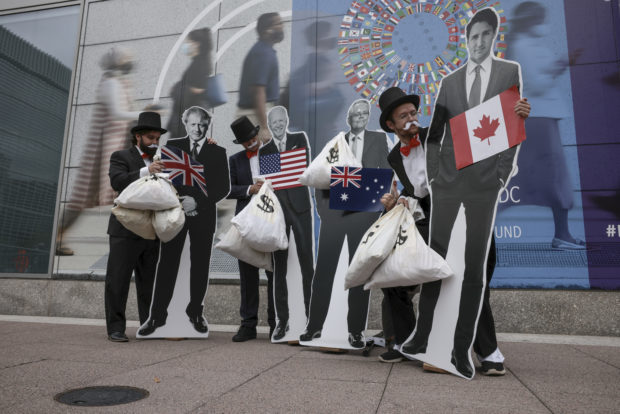
What are the concerns?
Although hailed by some as a historic milestone, others have criticized the text establishing the L&D fund due to the lack of detail. The transitional committee’s next steps will play a pivotal role in determining the fund’s course of action. According to the United Nations Development Program, the fund needs to be assessed after deciding the amount countries will receive. The baseline for attributing loss and damage needs to be finalized. An impact monitoring system must be reviewed to ensure funds are used appropriately. The transitional committee also needs to map out, evaluate, and optimize existing climate funds and design a funding instrument to help fill the gaps.
Among all the decisions to be made, the main concern seems to lie with the mobility of the fund. The agreement to omit “liability” and “compensation” from the final text of the COP27 negotiations (much like what happened at the Paris Agreement) led to the fund’s acceptance by developed countries. These words’ absence makes L&D finance voluntary, leaving a big question of who will pay for the fund. This also raises the concern that the funding decisions will depend heavily on wealthy nations.
There also seems to be an eligibility issue, according to Edie. Although no longer a developing country with a total GDP of $17.73 trillion and nearly 31 percent of global emissions, China insists it is not a developed nation and will not be paying into the L&D fund. Oil producers such as Saudi Arabia also strongly resisted contributing to the fund.
Finally, we do not know if the funding will be directed to vulnerable countries – i.e., national or subnational governments – and/or communities exposed to disproportional exposures of climate change, with international and local NGOs and civil society organizations as intermediaries. While there are countries facing unequal impacts, there are social divides and inequalities within these countries pushing certain groups to the extreme front of the crisis. Hence, this is a looming concern. There also seems to be a debate on what makes a country “vulnerable.” Numerous small island developing states are characterized by a stable economy, but they are more vulnerable to loss and damage incidents such as sea level rise and extreme weather. Due to these complexities, the transitional committee needs to create a transparent fund allocation framework.
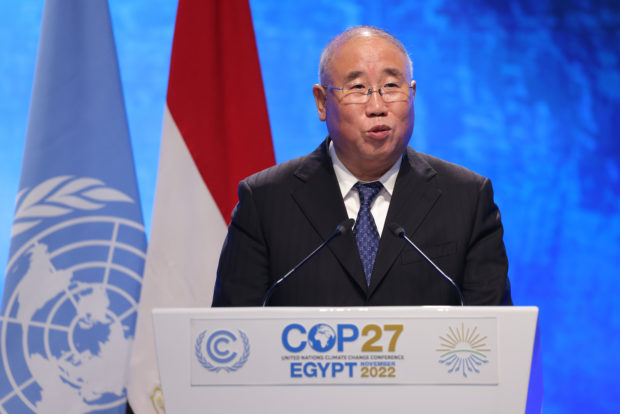
What next?
The United States’ next steps on L&D finance is a topic of great interest due to its position as a high emitter and a global powerhouse. Despite its vital role in the global climate community, the United States has had an unstable history with climate leadership. Hence, in the current climate, credible commitments and actions by the U.S. government is essential in encouraging decisive actions by other Global North countries.
At COP27, President Biden pledged $11.4 billion annually in international climate finance by 2024. However, the $1.7 trillion fiscal 2023 federal spending bill contains only $1 billion to help Global South nations respond to climate change impacts. The Democrats in Congress favor targeted aid for clean energy transition compared to L&D funding.
Additionally, the recently passed omnibus package does not contain the $1.6 billion the Biden administration requested for the United Nations Green Climate Fund. As this existing fund has not seen any funding since 2017, climate advocates are fighting to ensure that the L&D fund does not interfere with money allocated for mitigation, adaptation, and humanitarian aid. These recent developments raise questions on the United States’ credibility concerning climate action.
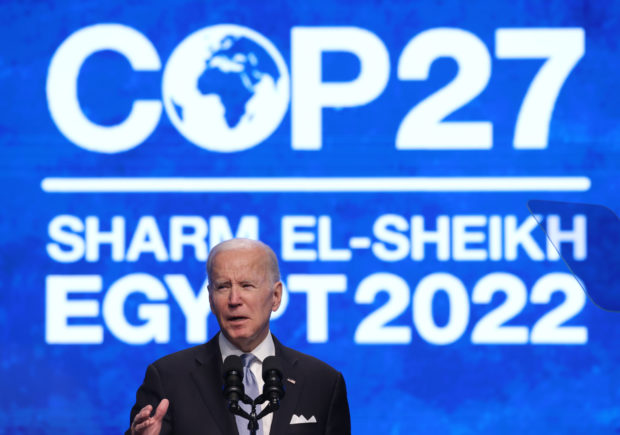
The transitional committee has a lot to do in 2023. Still, the fight for loss and damage finance can only be achieved with cooperation from all wealthy nations, as it is their actions that have forced Global South nations to bear the brunt of the climate crisis.








